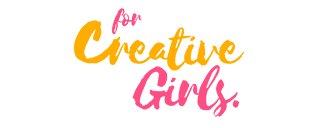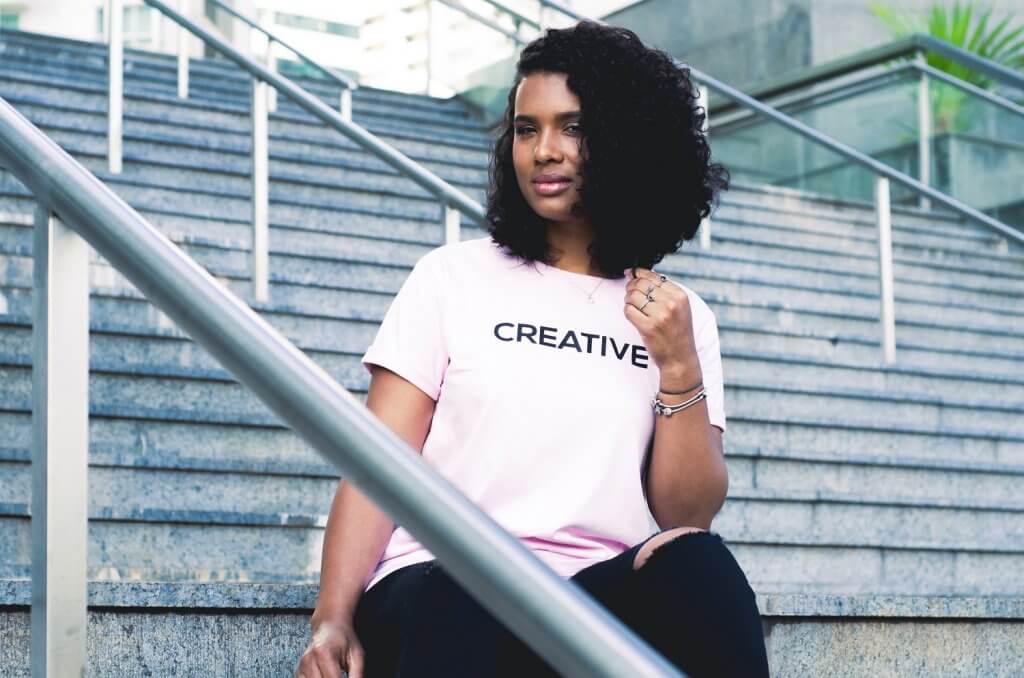Disruptions are inherent to the creative process. Your mind is volatile, which is why it can roam and wander throughout the creative journey. It’s no surprise that brain experts refer to the creative process as the wandering of the mind!
As such, disruptions can seem to happen and cut the thread that keeps your thoughts together. Mental distractions are unavoidable as they belong to the creative process. But disruption can be either productive or destructive. At the heart of it, the disruption is an uninvited thought that finds its way into your creative process. Bouncing back from this thought is a skill every creative woman needs.
On tackling the destructive disruptions as a creative
Destructive disruptions can’t be ignored. But it doesn’t mean that you can’t manage those. A destructive element can cause interruptions that are both physical and mental. In many ways, it is an element that reflects your level of comfort in yourself and your creative journey at a given time.
The nagging feeling that you’re uncomfortable
When the mind is focused, you find yourself ignoring the tingling sensation in your legs after sitting in the same position for too long or the soreness in your fingers from too much work. But as your mind bounces from a thought to another, you become aware of the underlying discomfort. Your body experiences a variety of sensations that can distract your creativity. But if you address these as they arise, they become easier to ignore. Yet, it can help to keep some essentials at hand’s reach in your creative studio.
Some of the most common physical discomfort issues that distract creatives include:
- Itchy or dry eyes, which can happen from not blinking enough. Unfortunately, when you’re concentrating on a canvas or a screen, your mind slows down the number of blinks per minute. A few eye drops can be useful. If you wear contact lenses, it’s a good idea to keep a pair of women’s glasses on your desk.
- Feeling cold or warm tends to occur as your body struggles to regulate your temperature. An emotional creative process can rise or drop the body’s temperature. So it can be useful to keep a cardigan or a jumper that you can put on and off as you work.
- Being thirsty or hungry would happen regardless of the creative process. You can’t ignore a rumbling stomach forever!
- Itchy hands or arms can be caused by mild eczema, which is often triggered by stress or working with unusual material for artists. Keep a little pot of hydrating cream with you.
The fear of vulnerability
As an artist, you become the canvas, the paint, and the painting. It’s in the nature of the creative process to give of yourself and expose your inner world. But as you do, you become vulnerable. Anxiety and insecurity are often a part of the creative process. As Mab Graves puts it,” being an artist is sharing every bit of yourself”, which takes courage. The beauty is in the vulnerability of your art. Yet knowing that it is inherent to the creative journey can provide a form of comfort. You are not alone whose mind is going through a rough patch as you create. But your mind isn’t a weakness. It is your power as a creative.
On welcoming the productive disruptions as a creative
A disruption that makes your creative project tenfold better, smarter, deeper is an interruption to cherish. The productive disruption occurs when you allow your mind to wander and question. Understanding how to encourage and use it is your creativity superstrength.
The accidental browsing
You know how it is. It started with checking your emails, and one hour later, you find yourself browsing cats’ videos on Youtube. Where did that time go?! But don’t blame the cute cats – or dogs, ferrets, etc. – because they serve a crucial purpose in your creative journey. They provide a relaxing break for the soul and the mind. When you’re more at peace, your mind can make new connections and bring new ideas to life.
The unexpected fact
Otters hold hands in their sleep. You’re not sure where that fact comes from, but it stuck with you since you’ve heard it. The mind records information that is meaningful to you, whether because you live next to an otter zoo or because it hits a sensitive cord. Therefore, our brain can accumulate a variety of random facts from newspapers, documentary films, books, and online research. It collects and stores it safely, ready to use during the creative process. Therefore, learning new skills or facts is never a waste of your creative time. It’s like adding a string to your creative bow; you can send more arrows at once!
Not all disruptions are made equal, of course. They are a result of the wandering of your mind. And, as we know, every mind is unique. Yet productive and destructive disruptions happen to all creatives. Hopefully, you can learn to recognise them and deal with them in the best way to support your creative process.







